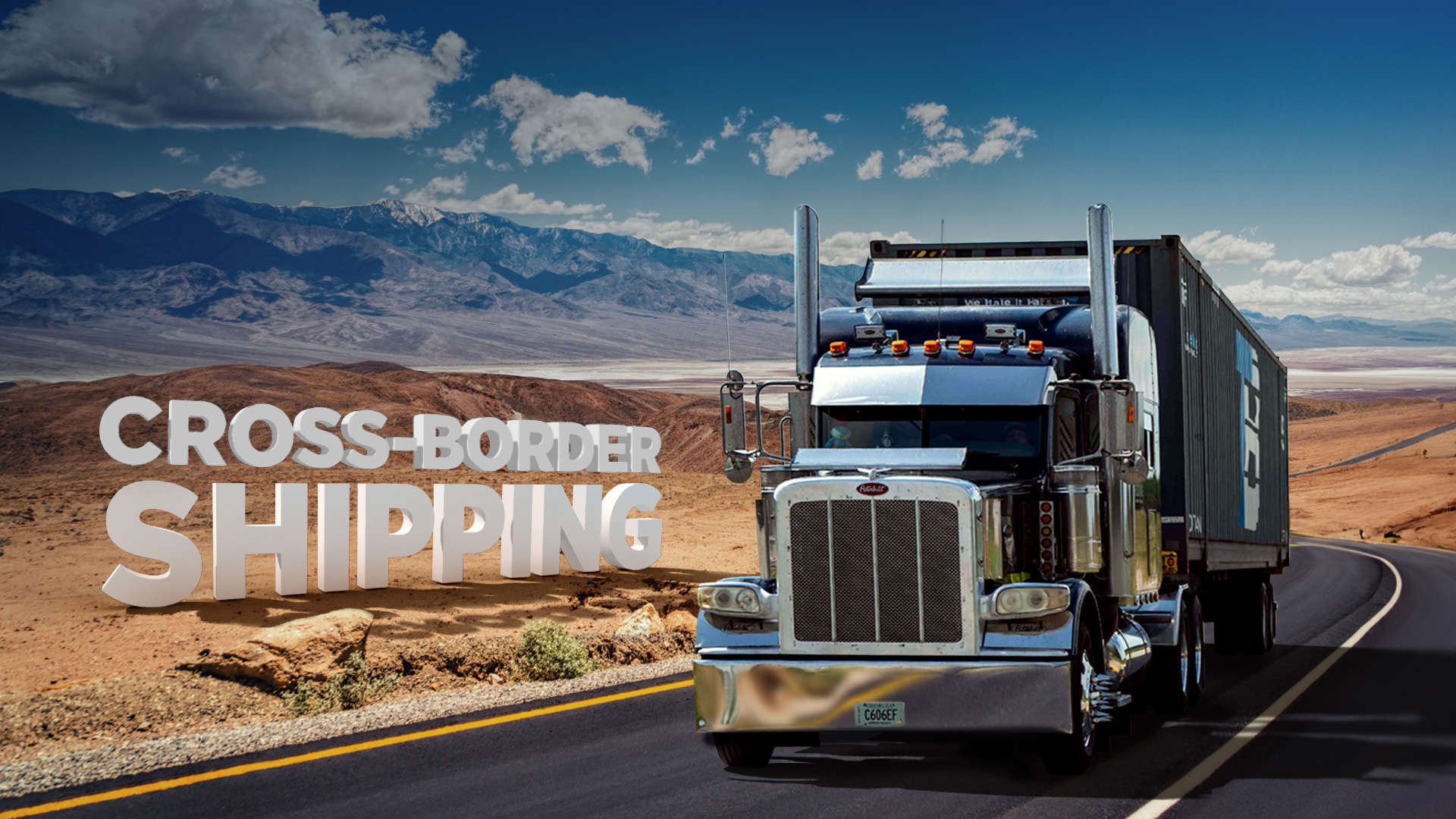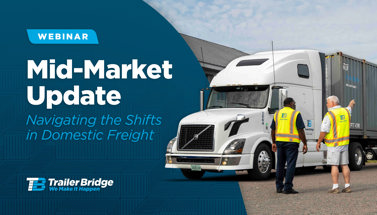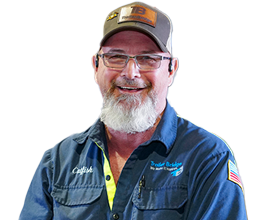
What is Cross-Border Shipping?
Cross-border shipping has been a hot topic recently and it’s no surprise why – the North American cross-border freight market is currently valued at more than $235 billion and is expected to exceed $308 billion by 2030.
Multiple factors have contributed to the surge in demand for cross-border shipping in North America, including the rise of nearshoring as businesses move their operations to Mexico and favorable trade conditions in the United States Mexico Canada Agreement (USMCA).
With the cross-border market getting more competitive, it’s important to understand the shipping landscape so you can make the most of the opportunity for your company. Read on for an overview of what cross-border shipping is and some important considerations to keep in mind when planning your supply chain.
Cross-Border Definition
Cross-border shipping is when freight travels across an international border while being transported from shipper to receiver. In North America, this means freight going between Canada, the United States, and Mexico.
Cross-Border Transportation Methods
Truckload and intermodal are two widely used methods to transfer freight across borders in North America.
Truckload
Truckload is the most common method of cross-border transportation. In fact, 83% of goods crossing the Mexican border and 63% crossing the Canadian border are moved by truck.
When crossing the border by truck, there are two main approaches to choose from: through-trailer or transload service. The main difference is whether the freight remains on the same trailer or gets moved to a new trailer during border crossing.
Through-Trailer involves your freight remaining in the same trailer while crossing the border. For your trailer to cross successfully, it will change hands between 3 different drivers: the U.S. based carrier, the crossing driver, and the Mexico/ Canada based carrier.
Since your freight stays in the same trailer during this process, the drivers involved must have an interchange agreement that authorizes the transfer of the trailer.
Transloading is when your freight is moved from one container to another during the border crossing process. This typically happens in 4 steps:
- The U.S. based carrier picks up the load from the shipper and drives it to a transload facility near the border. Here, the freight is transferred to a new trailer.
- A crossing driver will pick up the new trailer from the facility and drive it across the border into Mexico or Canada.
- Once across the border, the crossing driver takes the trailer to a holding yard nearby.
- The Mexico or Canada based carrier picks the trailer up from the holding yard and drives it the remaining distance for delivery.
Below are the top North American ports of entry for truckload freight, by freight value.
Top U.S. – Mexico Ports of Entry (Truck)
Top U.S. – Canada Ports of Entry (Truck)
Intermodal
Another option for your cross-border freight is intermodal. As demand has increased, several Class 1 Railroads have come together to create faster and more efficient routes for freight traveling between the U.S., Canada, and Mexico.
In 2023, Canadian Pacific and Kansas City Southern merged to form CPKC, the first transnational railway in North America. Shortly after, Union Pacific, Canadian National, and Ferromex partnered to create the Falcon Premium service which also provides a direct route by rail from Canada to Mexico.
Below are the top North American points of entry for rail freight, by freight value.
Top U.S. – Mexico Points of Entry (Rail)
Top U.S. – Canada Points of Entry (Rail)
Simplifying Cross-Border for Your Supply Chain
While the concept is simple, several factors need to be considered for a successful cross-border shipment. These include:
- Gathering the correct paperwork
- Obtaining freight insurance for multiple countries
- Coordinating transport with parties on each side of the border
- Understanding laws and limitations for carriers on each side of the border
- Clearing customs
- Determining necessary security measures
- And more!
If any of these items are handled incorrectly, it can result in substantial delays, disruption to your supply chain, and possibly fines. Partnering with a trusted logistics provider helps to ensure that your freight gets where it needs to go, is properly protected, and complies with necessary laws along the way.
By relying on the experts, you can have peace of mind that your cross-border operations are being executed correctly so you can focus on growing your business.







